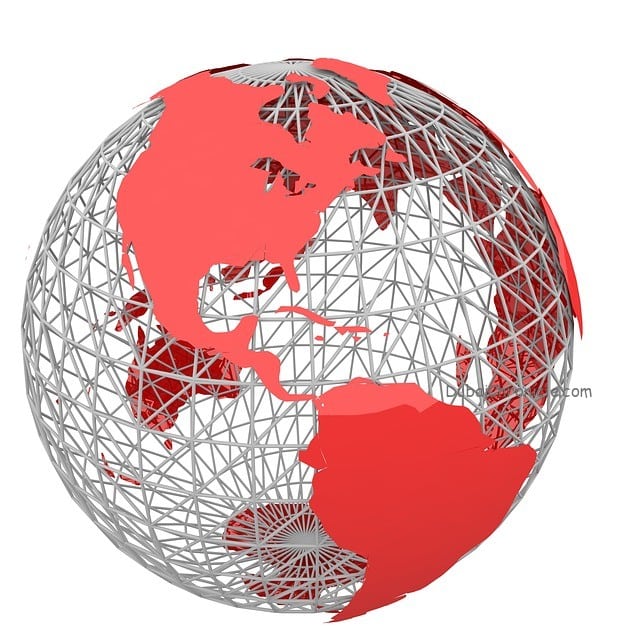
From the environment to international security and the coming Fourth Industrial Revolution, the World Economic Forum’s Global Risks Report 2016 finds risks on the rise in 2016.
Evidence is mounting that inter-connections between risks are becoming stronger, for example climate change and involuntary migration or international security, often with major and unpredictable impacts
Failure of climate-change mitigation and adaptation is the number one global risk in terms of impact. Large-scale involuntary migration tops the list of risks in terms of likelihood and is the fastest rising in terms of both impact and likelihood. Cyberattacks are now considered the greatest risk to doing business in North America.
An increased likelihood for all risks, from the environmental to society, the economy, geopolitics and technology, looks set to shape the global agenda in the coming year, the World Economic Forum’s Global Risks Report 2016 has found.
In this year’s annual survey, almost 750 experts assessed 29 separate global risks for both impact and likelihood over a 10-year time horizon. The risk with the greatest potential impact in 2016 was found to be a failure of climate change mitigation and adaptation. This is the first time since the report was published in 2006 that an environmental risk has topped the ranking. This year, it was considered to have greater potential damage than weapons of mass destruction (2nd), water crises (3rd), large-scale involuntary migration (4th) and severe energy price shock (5th).
The number one risk in 2016 in terms of likelihood, meanwhile, is large-scale involuntary migration, followed by extreme weather events (2nd), failure of climate change mitigation and adaptation (3rd), interstate conflict with regional consequences (4th) and major natural catastrophes (5th).
Such a broad risk landscape is unprecedented in the 11 years the report has been measuring global risks. For the first time, four out of five categories – environmental, geopolitical, societal and economic – feature among the top five most impactful risks. The only category not to feature is technological risk, where the highest ranking risk is cyberattack, in 11th position in both likelihood and impact.
This diverse landscape comes at a time when the toll from global risks would appear to be rising. Warming climate in 2015 is likely to raise the global average surface temperature to the milestone of 1°C above the pre-industrial era for the first time. The number of people forcibly displaced in 2014 stood at 59.5 million according to UNHCR, almost 50% more than in 1940. Data from the report appears to support the increased likelihood of risks across the board, with all 24 of the risks continuously measured since 2014 having increased their likelihood scores in the past three years.
In addition to measuring their likelihood and potential impact, the Global Risks Report 2016 also examines the interconnections among the risks. Here, data suggests a convergence may be occurring, with a small number of key risks wielding great influence. All five of the most interconnected pairs of risks in 2016 accounted for more interconnections than in 2015. At the top end of the scale, 2016’s two most interconnected risks – profound social instability and structural unemployment or under-employment – account for 5% of all interconnections.
Knowledge of such interconnections is important in helping leaders prioritize areas for action, as well as to plan for contingencies. “We know climate change is exacerbating other risks such as migration and security, but these are by no means the only interconnections that are rapidly evolving to impact societies, often in unpredictable ways. Mitigation measures against such risks are important, but adaptation is vital,” said Margareta Drzeniek-Hanouz, Head of the Global Competitiveness and Risks, World Economic Forum.



































